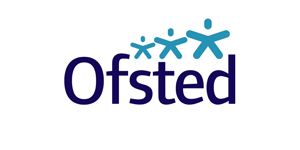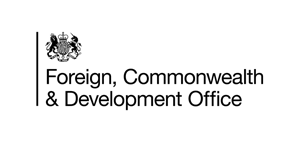The Who & What of Contracting (Part 1)

The theme for this blog arose from a recent supervision session. The supervisee was planning for some coaching sessions, and was contemplating who needed to be involved in the contracting discussions – should it be 2 way contracting or 3 way contracting? That discussion, the confidentiality of which I have ensured is observed, led me to reflect on the “who” we must contract with as coaches and the “what” needs to be considered in planning those discussions.
The Executive Coaching Handbook (a FREE resource available at http://theexecutivecoachingforum.com/index.html) states “The purpose of contracting in executive coaching is to ensure productive outcomes, clarify roles, prevent misunderstandings, establish learning goals, and define business and interpersonal practices.”
Clarity is, in my experience, critical to effective and successful coaching interventions. Contracting can also help delineate the connection between individual and organisational performance and the interdependence each have on the other.
As CIPD state in their performance management factsheet (https://www.cipd.co.uk/knowledge/fundamentals/people/performance/factsheet); incidentally, www.cipd.co.uk provides access to some excellent FREE coaching and mentoring resources;“If people are the greatest creators of value in organisations, then good performance management is critical for organisational success. Employees must understand what’s expected of them, and to achieve those goals they need to be managed so that they’re motivated, have the necessary skills, resources and support, and are accountable.” To translate that into the coaching contracting perspective the coachee, and the key stakeholders, must understand what is expected of them and be clear and agree about the proposed outcomes for the coaching intervention.
Contracting must be with the coachee and any key stakeholders. This can sometimes be described as 2-way (coach and coachee) or 3-way (coach, coachee and sponsor/line manager) contracting. As is apparent from the 3-way contracting description, the number of key stakeholders may mean you are soon entering the realms of 4 -way + contracting. It should also be borne in mind that some of the key skills for a coach to have are flexibility and adaptability- those skills apply to contracting- do not be scared to adapt your approach to suit the needs of the coachee, sponsor or coaching goal.
The key aspect to bear in mind when contemplating whether there should be a 2 way or 3 way contracting approach is the context of the coaching intervention. If the coachee is being nominated by the organisation because there are “PERFORMANCE or ORGANISATIONAL issues”, then I would suggest that to be an effective and successful coaching intervention there needs to be at least three way contracting – the sponsor and coachee need to know what coaching is (and what it is not – i.e. it is not a performance management intervention which needs to be done by the line manager); confidentiality and, equally important, what the purpose of coaching is (and ideally how it will be evaluated- remember that the softer skills such as confidence , self- belief etc may be measures to highlight when considering evaluation). In my own coaching experience, I have also found it useful to involve the line manager in part of the first session so that the coachee then hears the coach explain confidentiality; expectations etc which can help build trust and rapport, and this ensures that all parties are clear about what coaching is (and what it is not), what is expected from each (coach, coachee and manager) and what the proposed outcomes are.
See part 2 of this blog here.







